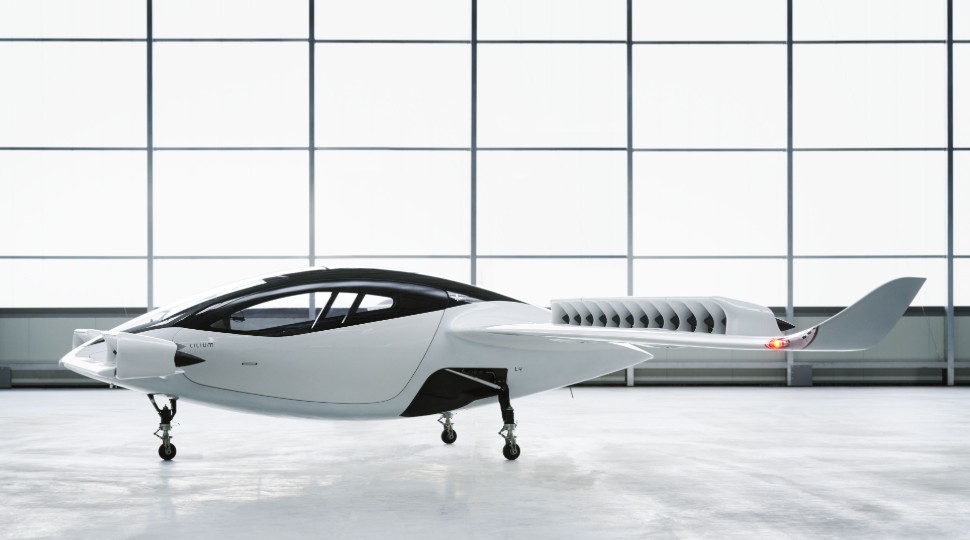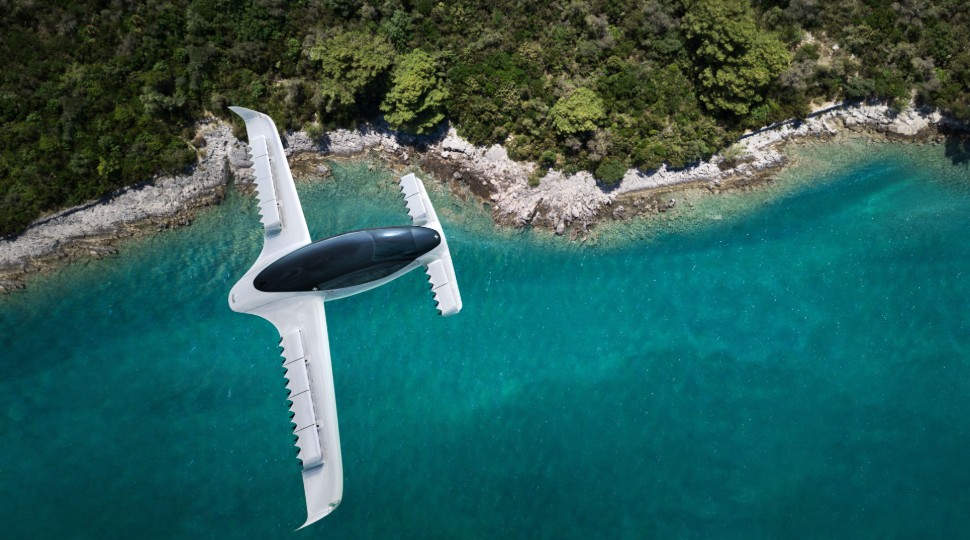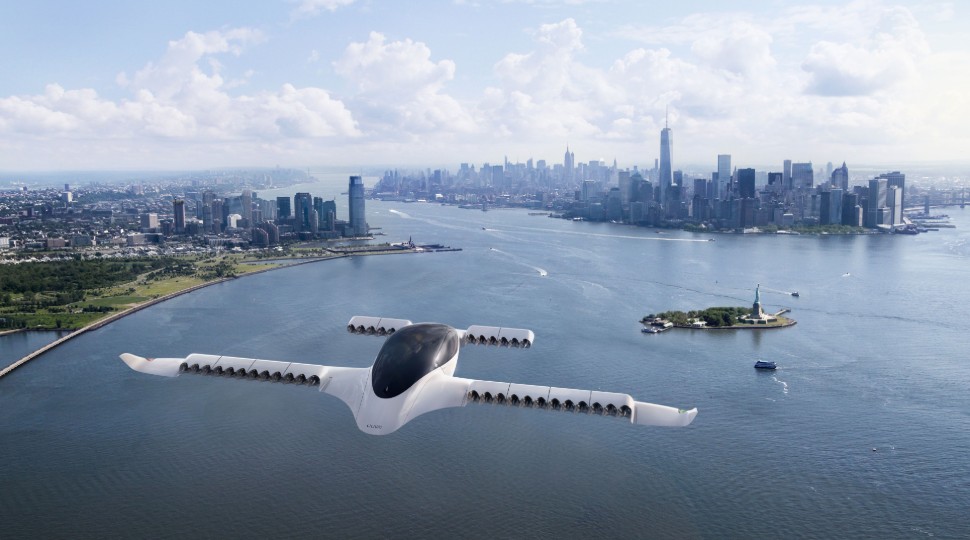German start-up Lilium has revealed the initial prototype of its developmental five-seat electric-powered Lilium Jet air taxi, hot on the heels of the aircraft's first flight earlier this month.
That maiden sortie took place on 4 May at Oberpfaffenhofen in southern Germany and lasted around 1min, with the jet in a low, untethered hover.

Lilium
Powered by 36 tilting electric fans – 24 on the wings and 12 on the nose – the Lilium Jet can take off and land vertically, and then transition to a horizontal cruise phase.
It features no tail or rudders, instead relying on the distributed propulsion system for directional control.
Although Lilium says that the aircraft will be capable of autonomous flight, it expects the jet to enter service with a pilot on board for "regulatory and acceptance" reasons, allowing it to carry four passengers.
Lilium claims a top speed of 161kt (300km/h) and a range of 161nm (300km) for the aircraft – substantially higher than competitors in the air taxi market, who are designing aircraft for short, intra-urban journeys.

Lilium
This, says the company, is due to the fixed-wing configuration, which does not rely for lift on the ducted fans that feature on designs from Airbus Helicopters and Bell.
As a result “it will require less than 10% of its maximum 2,000hp [1,490kW] during cruise flight”, says Lilium, enabling “affordable high-speed connections across entire regions”.
Daniel Wiegand, co-founder and chief executive, says: “Today we are taking another huge step towards making urban air mobility a reality. In less than two years we have been able to design, build and successfully fly an aircraft that will serve as our template for mass production.”

Lilium
Lilium’s prototype is unmanned and remotely piloted from the ground. Leandro Bigarella, head of flight test, says: “While a maiden flight is always a moment of truth for a business, the Lilium Jet performed exactly as expected and responded well to our inputs.
“Our flight-test program will now continue with increasingly complex manoeuvres as we look towards our next big goal of achieving transition flight.”
Lilium expects the aircraft and its underlying physical and software infrastructure to be operational by 2025, although trials will begin earlier in a number of undisclosed locations.
Initial flight testing will be carried out using the remotely-piloted prototype and a second, manned vehicle will follow later. Certification is forecast for the early 2020s, with European regulators already involved in the process.
Previous proof of concept flights were conducted in 2017 using a two-seat prototype.
latestnewsmainpage
Source: FlightGlobal.com






















